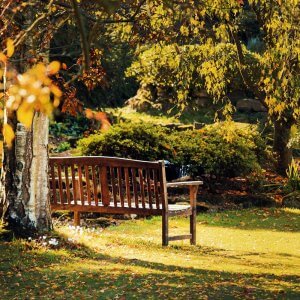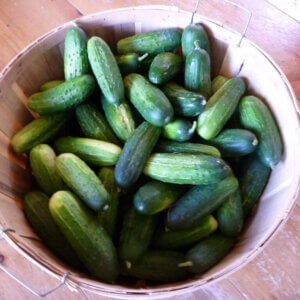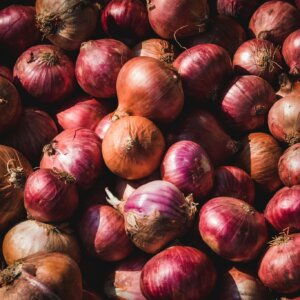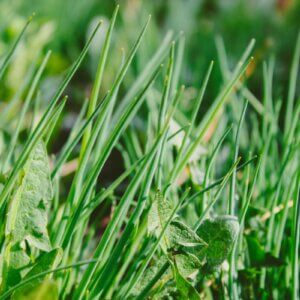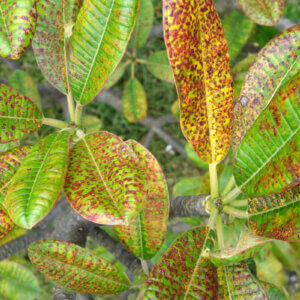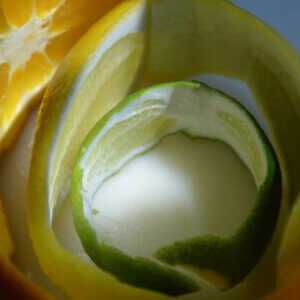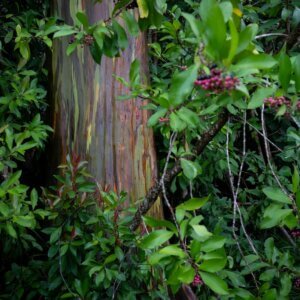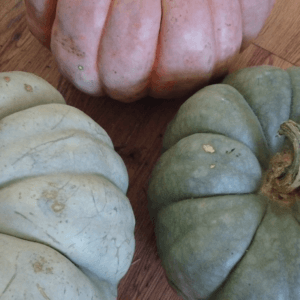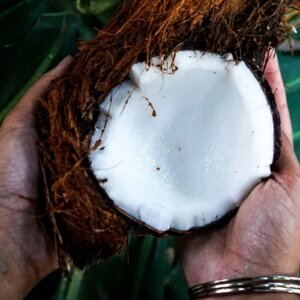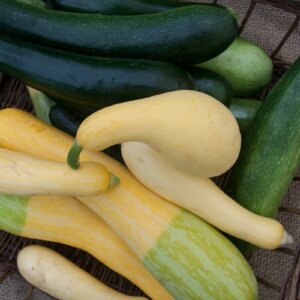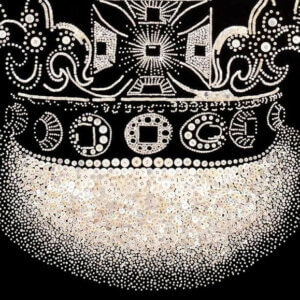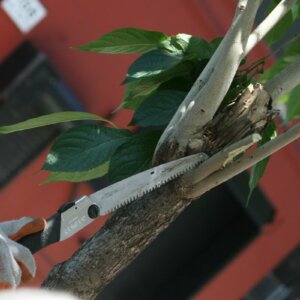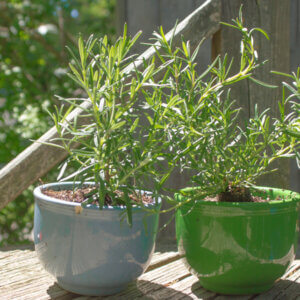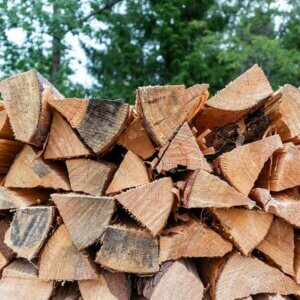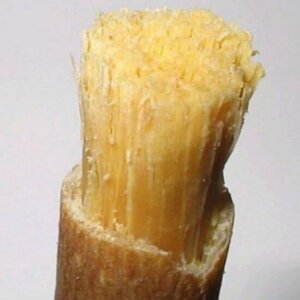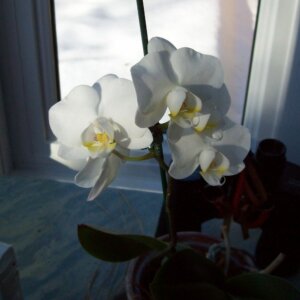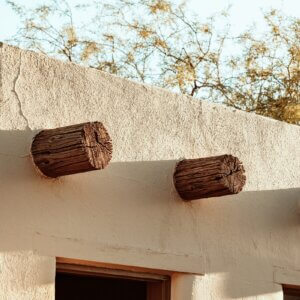Type: Biennial
Region: Native to the Americas, Europe, Asia, Northern Africa
Used For: Food, medicine
Queen Anne’s lace (Daucus carota) is most commonly known as wild carrot, bird’s nest, or bishop’s lace. Before carrots became what we know them as today, they were a bit more like their cousin Queen Anne’slace. There is a background story behind the names chosen for this incredible plant, but that’s getting a wee bit off topic.
Quick Facts And Identification
Queen Anne’s lace is a biennial plant, which means it is a plant that takes two years to grow from seed to fruition and die. You can find wild carrot almost everywhere in the United States and in other countries as well.
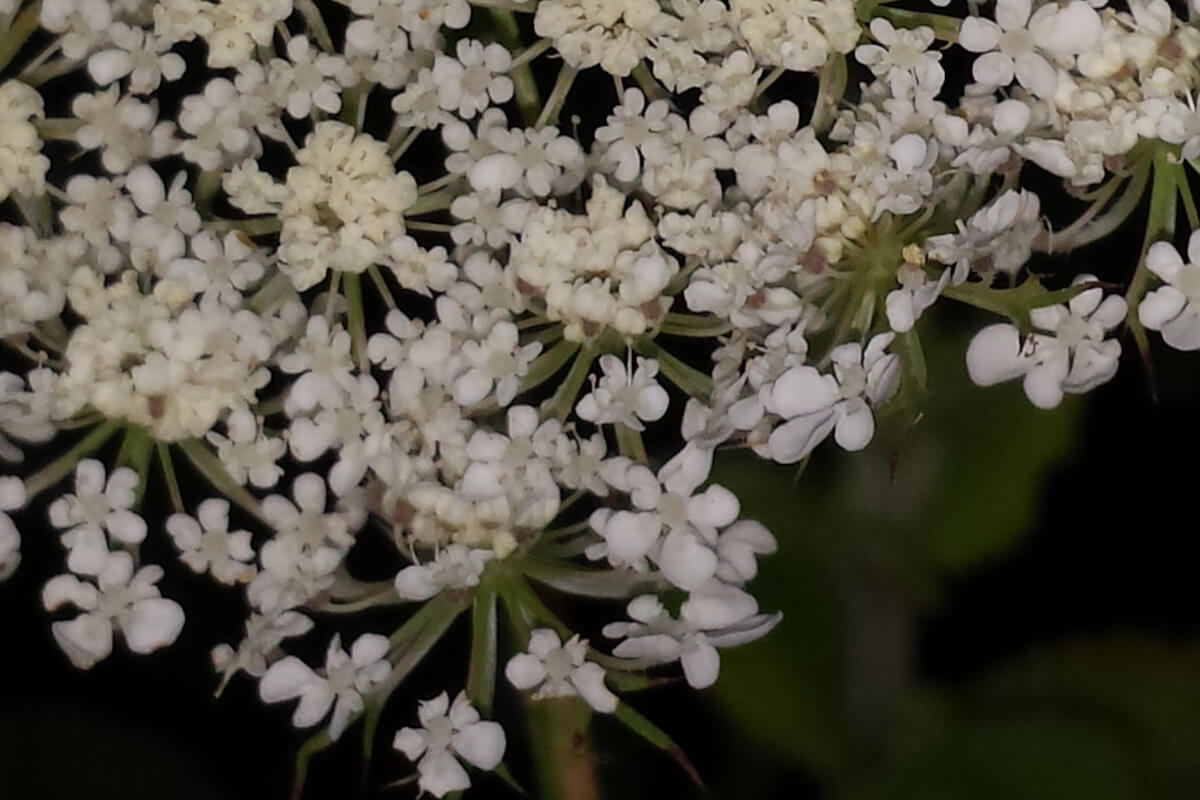
Dracaus carota has a flower that blooms from late spring until the middle of autumn. The flower cluster begins curled up, opens in order to pollinate, and then it rolls itself shut again. It’s similar to a reversed umbrella, hence the name bird’s nest!
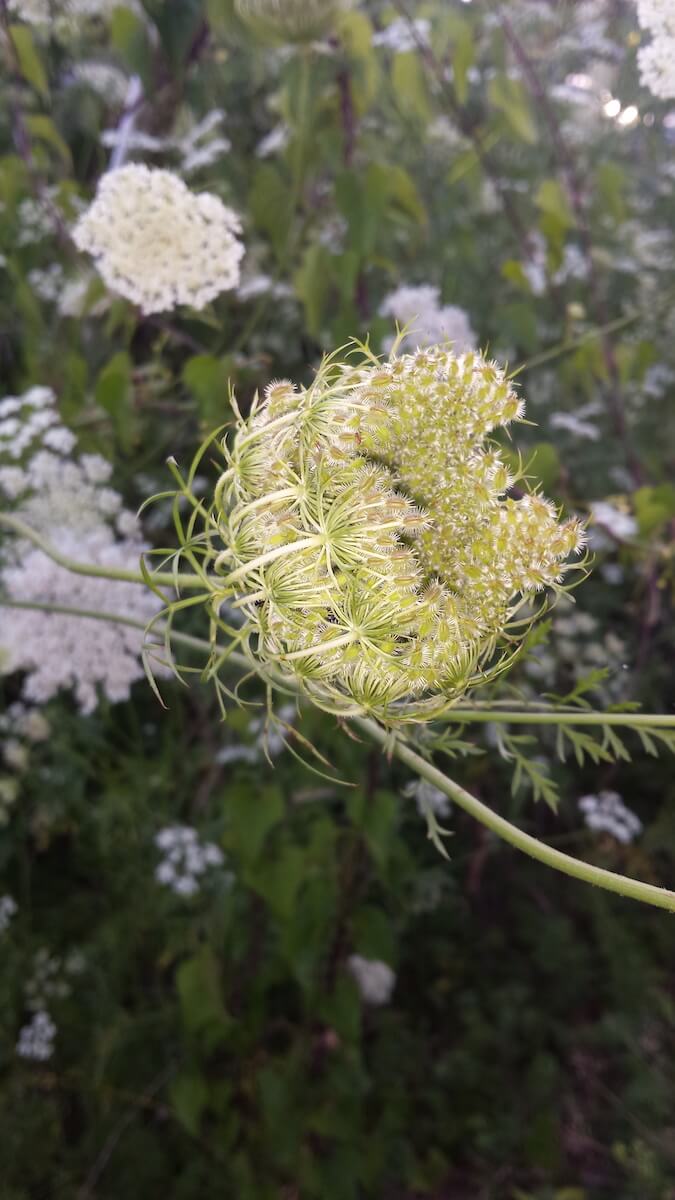
The flowers are white and look very much like lace, with one solitary dark purple floret in the center. The root and leaves smell very much like a carrot.
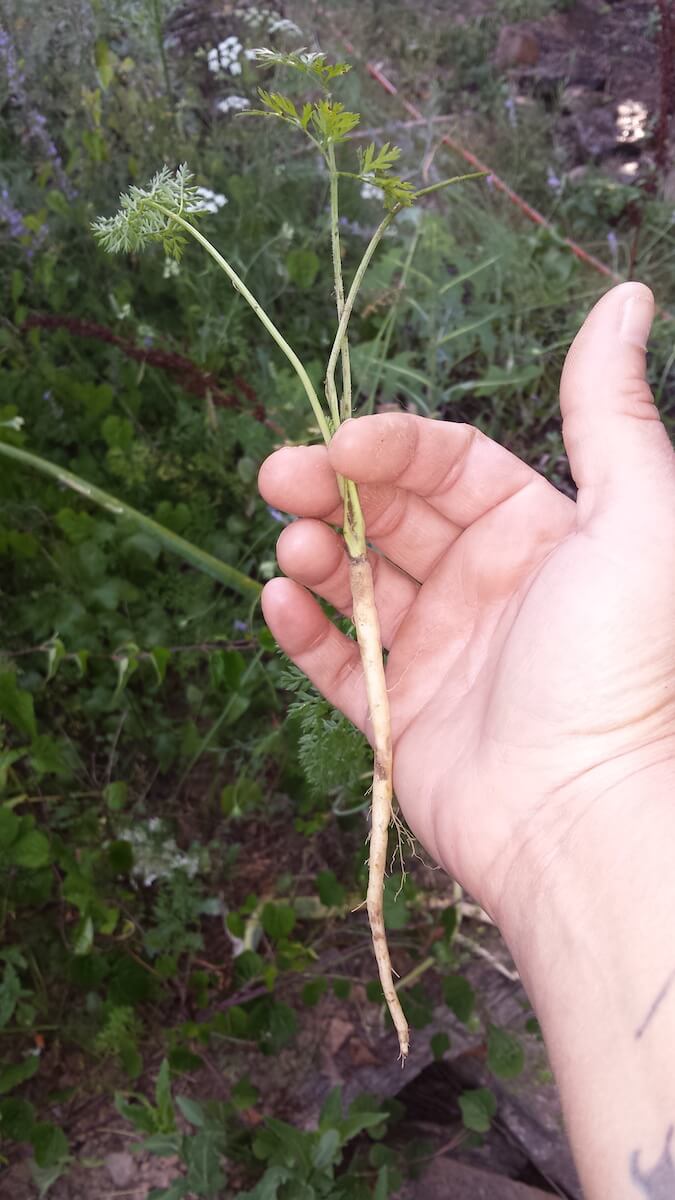
That’s one of the ways to identify it. Wild carrot plants can grow anywhere from 1-3 feet in height by the second year. The green leaves of the plant are feathery, and they look very similar to the domestic carrot.

Wild carrot roots can grow to be around 6 inches long, but they aren’t usually as wide as the common carrot.
A Word Of Caution
Before we proceed, I’d like to add a word of caution. Queen Anne’s lace has a very toxic look-alike that can be deadly: poison hemlock (Conium maculatum).
https://www.instagram.com/p/BkDYKuog_GM/?tagged=poisonhemlock
There are several other look-alikes as well:
- False parsley
- Giant hogweed
- Spotted-water hemlock
- Cow parsnip
- Wild parsnip
Poison hemlock is known as one of North America’s deadliest plants. Small amounts can be fatal, causing death within an hour after consumption. It actually tends to grow in similar areas as Queen Anne’s lace, but there are several ways to tell the difference and distinguish one from the other. And always do your research!
Queen Anne’s Lace Vs. Poison Hemlock
https://www.instagram.com/p/BjGEPYEg96r/?tagged=poisonhemlock
Similarities
- Both belong to the Apiaceae family.
- Both have hollow stems.
- Both species have white flowers, and they bloom in an umbrella shape known as an umbel, which is common in the Apiaceae family.
Differences
- Queen Anne’s lace has a hairy stem and is a darker shade of green than the Poison hemlock.
- Poison hemlocks stem is hairless and has purple spots or blotches.
- Poison hemlock does not get the dark purple floret in the center.
- The flower clumps of the umbel of Queen Anne’s lace cluster closer together while poison hemlock’s bloom out more separated.
- Queen Anne’s lace has fuzzy leaves while poison hemlock does not.
- Queen Anne’s lace has three-pronged bracts at the base of each flower, as well as the main umbel.
When And Where To Find Wild Carrot
As I mentioned, Queen Anne’s lace can commonly be found almost everywhere in the U.S. It is considered by many as a noxious weed as it can take over rather quickly. You can find Queen Anne’s lace thriving in fields, meadows, roadsides, and waste areas. The plant is very hardy and can not only survive, but also thrive, in dry and hot conditions.
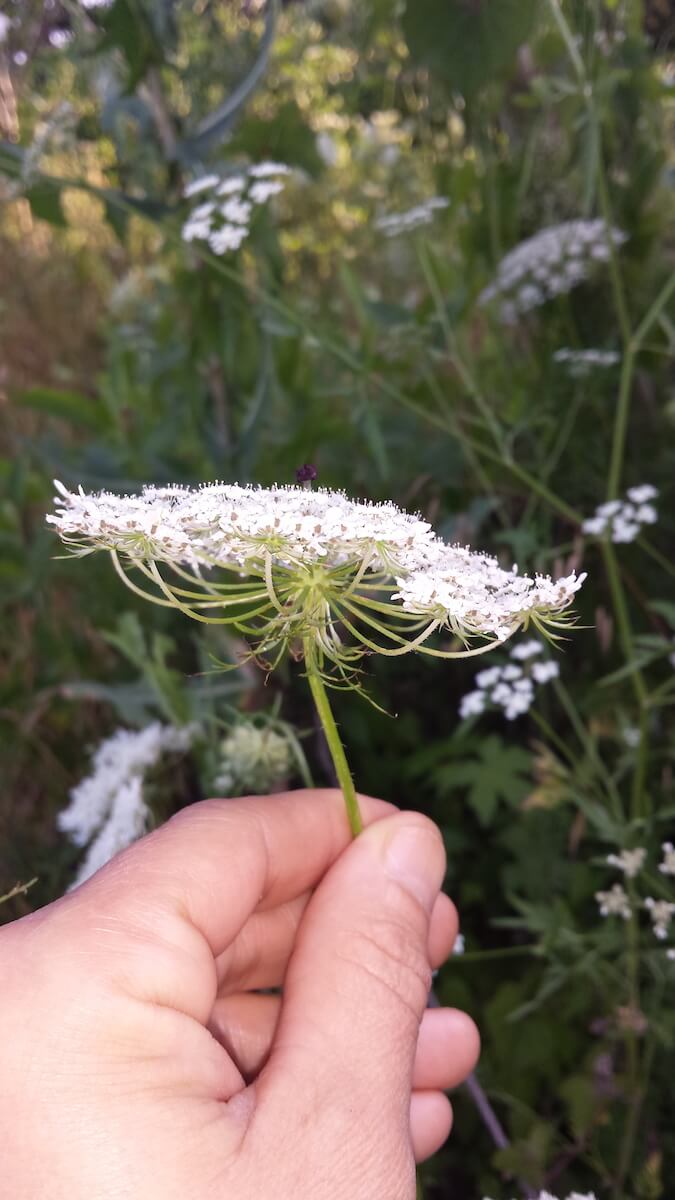
When harvesting the young roots of the first year plants it is best to do it in the late autumn right after the first frost. This is because the frost causes the nutrients to go down into the roots and the plant leaves are less while the root is more flavorful. Harvesting the root in the second year will result in a hard woody root that is difficult to eat and enjoy.
Uses For Wild Carrot
Let me begin by saying that the whole plant is useful and can be consumed. Of course, different parts of the plant are harvested for use at various times.
Edible Uses
The second-year root might not be edible or desired, but it is a good time to harvest the stalks and enjoy them. Simply wash the stalk, peel it, and enjoy. The stalk has a crispy crunch and a nice carrot flavor. Here are some other ways to eat wild carrots:
- The leaves of the wild carrot can be eaten raw or cooked like many other types of greens.
- The flower clusters are also pretty delicious and can be eaten raw or fried. Some people like to batter them and “French fry” them.
- The aromatic seed has been used for centuries as a flavoring for soups and stews.
- The root can be harvested, dry roasted, and ground into a powder as a coffee substitute. I’ve yet to try this method, but I am very interested.
As Medicinals
Queen Anne’s lace is said to hold many healing properties. It has been used throughout the years to help heal many health issues and afflictions. Here are some of the said healing properties:
- Analgesic
- Anti-depressant
- Anti-bacterial
- Anti-arthritic
- Anti-flu
- Anti-schizophrenic
- Anti-inflammatory
- Anti-bacterial
- Antioxidant
- Antihistamine
Queen Anne’s Lace Jelly
I like to call this Royal Jelly! This recipe makes about 10 8-ounce jars.
Ingredients
- 7 cups water
- 7 cups sugar
- 3 tablespoons fresh-squeezed lemon juice
- 2-pack of powdered pectin
- 30 fresh Queen Anne’s lace flower heads
Instructions
- Properly sterilize your glass jars and lids.
- Wash harvested flower heads and allow them to dry.
- Bring water to a boil and remove from heat.
- Add flowers, cover, and steep for about 10 minutes.
- Use two layers of cheesecloth to strain your mixture into a measuring cup. There should be close to 6 cups of the tea.
- Add the tea back into the pot.
- Stir in the powdered pectin and bring it to a hard boil. Be sure to stir often.
- Add lemon juice and sugar stirring vigorously to be sure that it is mixed thoroughly.
- Bring the mixture to a rolling boil and check for gelling after 1 minute.
- Once your jelly is gelled, remove it from the heat and quickly skim off any foam.
- Pour your soon-to-be jelly into the sterilized jars and process in a water bath for 5-8 minutes.
Queen Anne’s lace is much more than just a weed! It is a beautiful flower with incredible uses. Before you ever harvest or use any plant that is new to you, do your research and plenty of it. Once you know for sure what the plant is, and it’s been properly identified, enjoy it for what it is.

